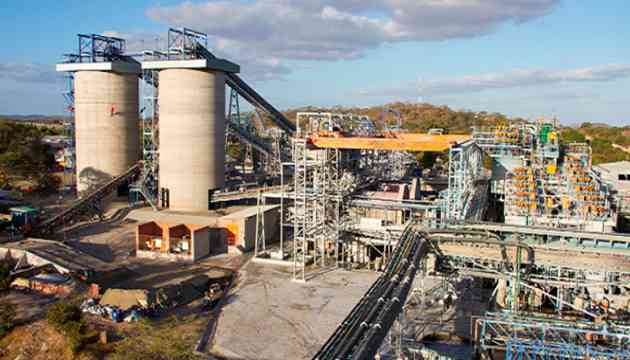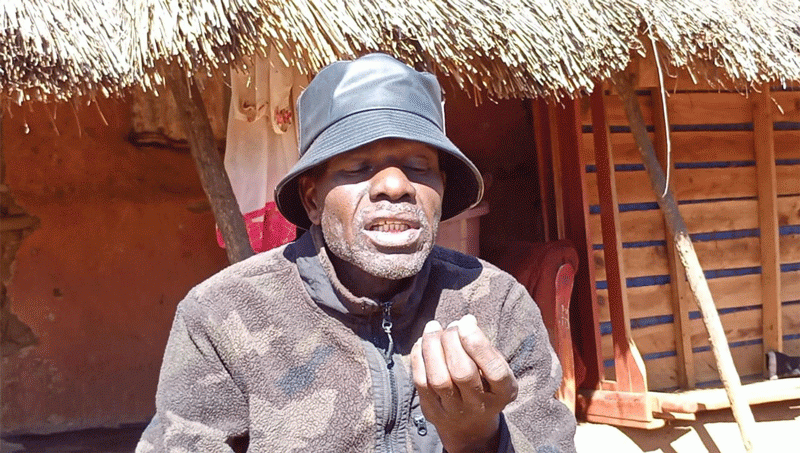
PLATINUM miner, Mimosa Mining Company, has put its US$134 million North Hill project on hold due to a challenging operational environment, characterised by declining global prices among other challenges, NewsDay Business can report.
The project, intended to replace the South Hill mine, has been suspended, pending an improvement in market conditions, according to Stephen Ndiyamba, general manager at Mimosa.
“We have seen our market price fall from around US$1 900 per ounce in October 2022 to the current price of just under US$1 200, which is a massive reduction,” Ndiyamba said at a recent Chamber of Mines of Zimbabwe annual conference in Victoria Falls.
“We have felt that impact and we have taken various measures to correct the situation and remain in business. We have had to suspend major expansion capital projects.
“We have planned to start what we call the North Hill Project, which is a new shaft located about 6 kilometres from our current operation. The US$134 million project had to be suspended because simply we can’t afford it under the current circumstances.”
The operating environment is characterised by softening global prices, power cuts, high electricity tariffs and inconsistent tax regulations, among others.
The platinum miner also had to reduce business capital expenditure by about 23%. It retrenched staff to cut operational costs.
“The first one, painful as it may be, we have had to do labour rationalisation, which resulted in some retrenchment affecting about 33 supervisory and management, employees and about 300 contractors,” Ndiyamba said.
- Zim headed for a political dead heat in 2023
- Record breaker Mpofu revisits difficult upbringing
- Tendo Electronics eyes Africa after TelOne deal
- Record breaker Mpofu revisits difficult upbringing
Keep Reading
“We have had to ask our business partners and various stakeholders to look at sharing the pain and this has resulted in a cost of production reduction of about 10% from our contractors and other service providers. In general, we have suspended non-critical expenditure.
“Besides looking at the cost side of things, we have looked at the production. We have looked at the production and look at initiatives that allow us to increase our productivity and also to be more efficient.”
He said in 2022 and 2023, Mimosa spent a significant amount of money optimising their plant, which resulted in a huge reduction in consumable costs and usages.
“We have seen a major improvement in our recoveries of above 3% that has contributed to a more efficient process. But we have looked at improving operational efficiency across the value chain, something as high as 20%,” Ndiyamba said.
“That has helped us in reducing operational costs. We have started seeing the result and impact of the actions that we have taken.
“We are confident that if the prices bottom up from where they are now, we will be able to revive and remain in business. On benefaction, Mimosa has been unable to set up their own smelter due to a limited resource base.”
He, however, said they were able to utilise local beneficiation facilities opportunities when they become available.
“Zimplats is currently constructing a smelter, which can accommodate feed from Mimosa. An agreement is now in place for a toll agreement, so that once that smelter is commissioned, we will be able to send our materials to Zimplats,” he said.
“We see some opportunities and hopefully we will get some stability in the market. We are looking at improving our production efficiency further by embracing technology.
“We have a project at the moment to turn our mine to a smart mine. We have just finished laying pipes underground. We are looking at various technologies that will help us become a more efficient and focused corporation.”
Mimosa, jointly owned by South Africa’s Sibanye-Stillwater and Impala Platinum, produces about 250 000 ounces of platinum yearly at its operations near Zvishavane.
Its current mine site, South Hill, will run out in 10 years. To counter that, the company plans to develop a new area, called North Hill.
The company also had plans to spend US$38 million for the plant optimisation project, which is meant to improve processing efficiencies so that the mine can recover more from mineral ore.
It employs over 3 500 people, both permanent and contractors.










